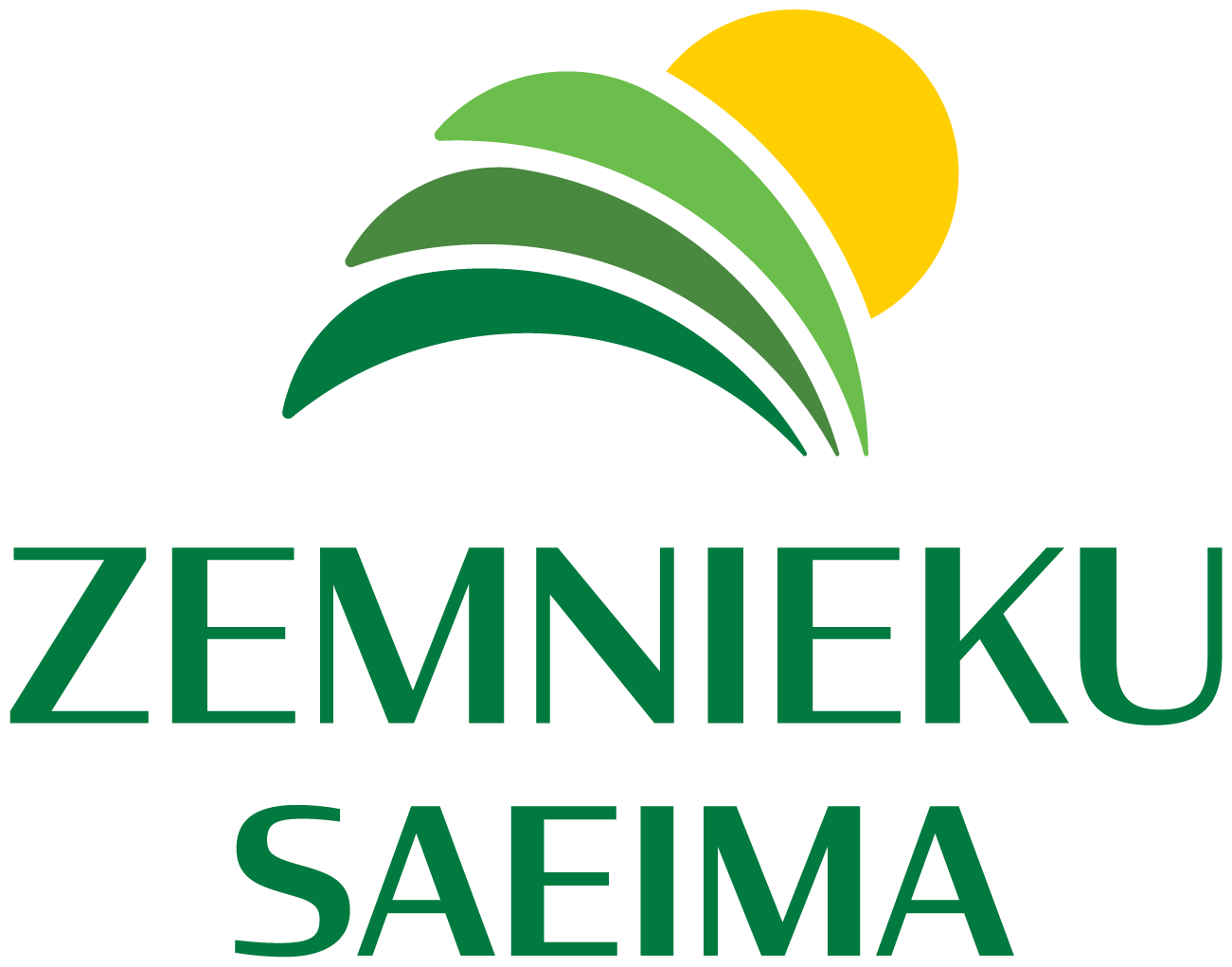For farmers and beekeepers on the use of plant protection products
Currently, in various parts of Latvia, summer rapeseed is in the bud to early flowering stage, and areas are being treated to protect against pests and plant diseases. The State Plant Protection Service (SPPS) reminds of the correct use of plant protection products (PPPs), reducing the risk they pose to Latvia's nature and human health.
.
Information for AAL users:
PPPs are only permitted for the purpose and against the pests specified on the label. Remember:
- Do not exceed the specified dose.
- Observe the indicated crop development stage.
- Do not exceed the specified number of treatments per season.
- Follow the specific safety requirements on the label to protect bees and other pollinators. Be especially careful if the label states “Toxic to bees" or the chemical exposure statement R57. Then the user must three days before treating the crops or plantings with this product Those bee colony owners should be warnedwhose beehives (or hives) are located within a two-kilometre radius of the treatment site and whose bee colonies are registered in accordance with the procedures laid down in the regulatory enactments on the registration of animals, herds and premises and the marking of animals. The safety requirements for bees and other pollinators specified on the label of each PPP must be observed even if the label contains the standard phrase Spe8 or other indications on the protection of bees and other pollinators.
- Do not spray plants if the wind speed exceeds 4 meters per second. If the sprayer is equipped with factory-fitted auxiliary devices (auxiliaries) that reduce the effect of wind on the spray, ensuring that the spray reaches only the intended surface to be treated, plants may be sprayed even if the wind speed does not exceed 8 meters per second.
- Insecticides may only be used on flowering rapeseed or any other flowering crops between 10:00 PM and 5:00 AM.
.
Information for beehive owners:
The beekeeper should know in advance the situation regarding the crops grown in the area where the beehives are located or are planned to be located at that moment.
VAAD recommends contacting farmers if cereals and rapeseed are grown to obtain information on what plant protection measures can be taken.
A beekeeper should not be concerned if PPPs are used that do not have restrictions on the safety of bees and other pollinators, or additional fertilization.
.
Situations to watch out for when you are nearby:
1) cereal crops in which it can be used Danadim 40 BC and Perfect 500 S, as well as other crops where use is permitted for the control of harmful organisms, as beekeepers within a 2 km radius must be warned during the use of these pesticides;
2) flowering rapeseed or any other flowering crops in which it may be used insecticides only from 10:00 PM to 5:00 AM.
If the beekeeper cannot obtain information about what is being sprayed, then the VAAD should be called so that the situation can be prevented early (for example, the death of bees).
If a beekeeper has determined that spraying is taking place or has taken place, they must definitely inspect the beehive and determine the current situation.
If there is even the slightest suspicion of violations that may harm bees or fallen bees have already been detected, then VAAD should be reported (contact numbers on the website). www.vaad.gov.lv) to the nearest regional branch or by using the hotline.
.
Information prepared by:
Dace Ūdre, VAAD Public Relations Specialist
Phone: 26425173, e-mail: dace.udre@vaad.gov.lv

